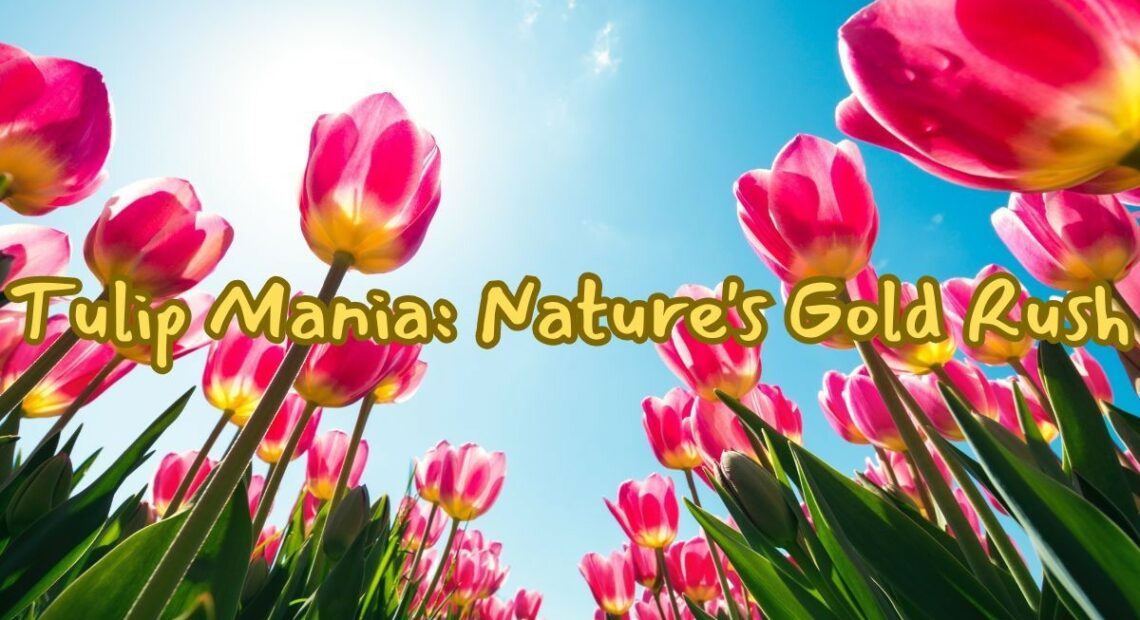Tulips vs. Gold: Unraveling the Fascinating History of Tulipmania

In the 17th century, a seemingly ordinary flower captured the hearts and wallets of the Dutch, reaching unprecedented heights of value. Tulips, once a symbol of beauty, became a speculative frenzy that would later be known as Tulip Mania. This captivating episode in history reveals a surprising truth: at one point, tulips were deemed more valuable than gold.
The Blooming Obsession: Tulip Mania Unveiled
Tulip Mania unfolded in the Netherlands during the early 1630s, a period marked by an intense desire for rare and exotic tulip varieties. The tulip, once a modest and cherished bloom, became a status symbol and an object of desire for the wealthy elite. The market for tulip bulbs soared to unprecedented levels as collectors competed to own the most exquisite and unique varieties.
The Price Explosion: Tulips as a Status Symbol
As demand skyrocketed, so did the prices of these precious bulbs. The allure of owning a rare tulip variety became a symbol of affluence and social standing. Tulip bulbs exchanged hands for exorbitant sums, reaching levels that seemed unimaginable for a simple flower. At the peak of Tulip Mania, some bulbs were valued at astronomical prices, surpassing the cost of luxury homes and, indeed, even gold.
Tulips Overtaking Gold: A Financial Frenzy
During the height of Tulip Mania, the value of tulip bulbs surged to such extremes that they eclipsed the value of gold. The allure of quick profits and the fear of missing out drove people to invest their fortunes in these delicate blooms. However, the bubble eventually burst in 1637, leading to a spectacular market collapse. Many speculators faced financial ruin as tulip prices plummeted, revealing the fragility of basing an entire economy on the value of a single commodity, even if it is as beautiful as a tulip.
Lessons from History: The Fragility of Economic Obsessions
The Tulip Mania serves as a cautionary tale about the dangers of speculative bubbles and the ephemeral nature of perceived value. While tulips are undoubtedly beautiful, their fleeting bloom contrasts starkly with the enduring worth of precious metals like gold. This historical episode reminds us of the importance of grounded and sustainable investments, as well as the risks associated with letting passion and speculation override sound economic principles.
Conclusion: Tulips, Gold, and the Intrinsic Value of Nature
Though tulips once surpassed the value of gold in the eyes of enthusiastic buyers, their ephemeral nature and the subsequent market crash underscore the enduring value of precious metals. Gold, with its timeless allure and tangible worth, has stood the test of time. The story of Tulip Mania remains a fascinating chapter in economic history, reminding us to tread carefully when assigning extraordinary value to the transient and whimsical.
Picture Courtesy: Google/images are subject to copyright







